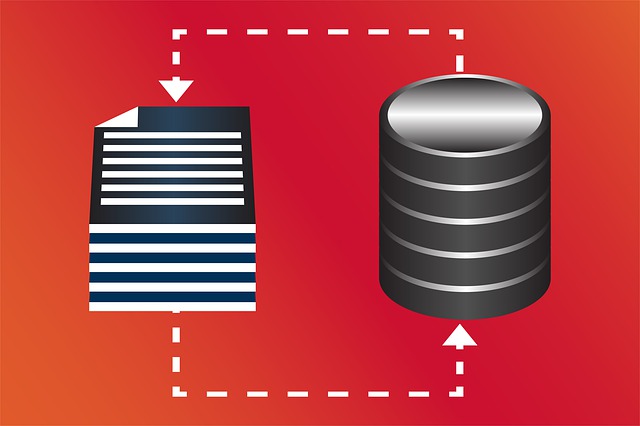How Does Organization Keep Cloud Costs Under Control?

It’s been estimated that by 2020, 80 percent of organizations will have overshot their cloud budgets, largely because they lack optimization. A systemic failure to the strategy has headed to cloud costs getting out of control.
Think of the initial days of moving to the cloud? It looked like there was nothing that the cloud couldn’t do for a lesser amount of money than dedicated servers.
A lot has changed in only some years withing the period of cloud adoption, it absolutely was normal for businesses to own about five percent of workflows within the cloud; today, that number is closer to 30 percent. That increase in cloud usage has included the same increase in cost. Unfortunately, the value hikes weren’t part of the plan.
The great news is that managing the cloud cost within the capabilities of most organizations. Here, I’ll outline a cloud cost control strategy that may work for the future so your organization can enjoy all the advantages of operating from the cloud without exceeding your budget. It starts with reviewing the strategy behind your organization’s decision to move to the cloud.
Here are six tips that will help organizations to reduce the overspending on cloud cost, capacity and assets.
1. Know-How Much Cloud Cost and Capacity Your Organization Wants:
Organizations consider obtaining or growing cloud capacity; they’re at times very ambitious within the capacity and assets they select. Going for broke isn’t proper option always — because the organization finally ends up giving more budget than needed. In fact, organizations are over-allocated with budgets by 50 percent or quiet than that, when it involves cloud spend because of a disconnect between the capacity which is required and the way much capacity is being stored and utilized.
To ensure they aren’t spending an excessive amount of on unnecessary space, organizations should enroll the support of IT enthusiasts within the first hours of the cloud decision process to help determine capacity and asset needs, now and down the road, this will confirm the cloud capacity needs to align with the underside line.
2. Create Visibility into All Services, Applications, and Assets to Manage Usage and Avoid Waste:
The main point to discuss is how much cloud capacity is allocated. With the optimization of overall
technology use, an organization should use the cloud wherever it makes sense. Organizations should understand all their services, applications and needs, which might become challenging.
Have a way to break down asset costs and use it into various levels of detail that track each service, use, and number of users; for example, a SaaS license is considered a need and can be assigned to an employee and/or cost to the center. Put an infrastructure in place that dictates how this information is categorized and prioritized, providing visibility into cloud expenses by organizing them as your organization defines them. Having a method of bringing all this information into one consolidated view will identify which applications or platforms are being used and — more importantly — which are being underused.
Then, use this information to save money by eliminating waste and analyzing future application
and needs purchases based on demand and actual usage.

3. Manage your Resources:
The cost value of the cloud seems cheaper than on-prem data center processing and storage because you don’t have to buy equipment and beef up internal IT infrastructure. However, you do have to have enough bandwidth to access and download/upload data and processing from the cloud, which can be costly.
There are also “outstanding design” contractual high costs with cloud providers when use goes beyond normal limits. When you are doing cloud cost optimization, be sure to look at your high peak demands for managing and storing. See if these can be adapted into the normal cloud cost formulas so you don’t get astounded by extra costs.
4. Don’t Store Up Meaningless Data:
Generally, Organizations initially stored all the incoming data. To prevent clutter in their own internal data centers, they sent excess, unused bent on the cloud. Mainly organizations must evaluate what is to be thrown out of the cloud and to work out if it’s worth saving. If not, then eliminate it and reduce the cloud spend.

5. Migrate Your Server:
If all you’re migrating apps and systems of the cloud, you are not likely to realize cloud cost savings. If you’re creating apps that straddle multiple cloud and resources, its costs won’t be efficient, either. The answer is reorganizing your systems and apps in order that they spend less all the resources that they use—whether resources are on-premises or within the cloud.
6. Get Your ROI Involved:
Finance is extremely adept at reading complex cost formulas and helping to induce projected the prices once you are performing cloud ROI cost modeling. On the opposite side, IT is not good at this. It’s to your advantage to interact with finance’s help in projecting your cloud costs.
Interested in starting your cloud consultation right now? Get in touch.
